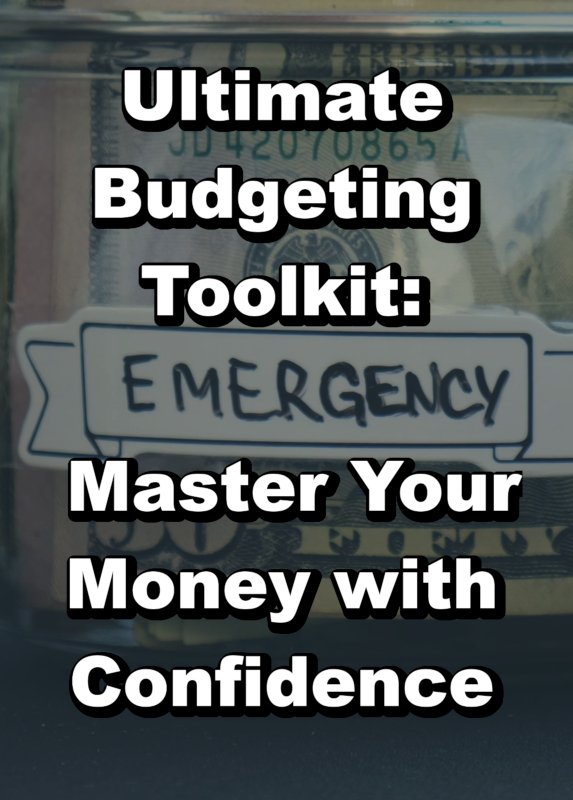How to Budget for Your Dream Vacation (Key Steps)
Budgeting for a vacation is all about breaking down the costs, setting a savings goal, and planning ahead so you can enjoy your trip guilt-free. Here’s how to do it:
Define Your Dream Vacation: Start by deciding where you want to go, how long you’ll stay, and what kind of experience you want. A week in Hawaii might cost $3,000, while a weekend city getaway might be $500. Be specific—do you want a luxury resort or a budget-friendly Airbnb? This sets the foundation for your budget.
Estimate Total Costs: Break down the major expenses: flights, accommodation, food, activities, transportation, and a small buffer for unexpected costs. For example, a 5-day trip to Paris might include $800 for flights, $600 for a hotel, $250 for meals, $200 for activities, and $150 for local transport—totaling $2,000. Use travel sites like Expedia or Google Flights to get accurate estimates.
Set a Savings Timeline: Decide when you want to travel and how much time you have to save. If your trip costs $2,000 and you want to go in 12 months (May 2026), you’ll need to save $167 a month ($2,000 ÷ 12). Adjust based on your timeline—if you’re planning for December 2025, that’s 7 months, so you’d save $286 a month.
Create a Dedicated Vacation Fund: Open a separate savings account or use a budgeting app to earmark money specifically for your trip. Automate transfers—like $167 a month—to make saving effortless. This keeps your vacation fund separate from daily expenses, so you’re not tempted to dip into it.
Cut Back to Boost Savings: Look for small ways to free up money in your budget—cut $50 a month from dining out, cancel a $20 subscription, or reduce entertainment by $30. Redirect these savings to your vacation fund. Every little bit adds up, helping you reach your goal faster.
Budgeting for a vacation is about planning ahead and saving consistently—whether your dream trip is a tropical beach escape or a cultural city adventure, you can make it happen without financial stress.
Real-Life Vacation Budgeting: From $100 to $1M
Let’s see how two people—one just starting out, another with a larger budget—budgeted for their dream vacations.
Jade’s Story ($100 to Start): Jade, a 29-year-old barista earning $2,000 a month, dreamed of a 4-day trip to Miami costing $1,200 (flights, hotel, food, and activities). She set a goal to travel in November 2025—6 months from now (May 2025)—so she needed to save $200 a month ($1,200 ÷ 6). Jade cut $100 a month from takeout and $50 from streaming subscriptions, saving $150, and picked up a $50/month side gig walking dogs. She automated $200 monthly transfers to a savings account. By November, she had her $1,200 and enjoyed her trip debt-free.
Henry’s Story ($1M Net Worth): Henry, a 55-year-old lawyer with a $1M net worth and $15,000 monthly income, wanted a 10-day luxury trip to Italy costing $8,000 (business class flights, 4-star hotel, dining, and tours). He planned for July 2025—2 months away—so he needed to save $4,000 a month ($8,000 ÷ 2). Henry redirected $2,000 a month from luxury dining and $1,000 from discretionary spending, plus used $1,000 from a recent bonus. He set up a dedicated savings account and saved the $8,000 by July, enjoying his dream vacation without dipping into investments.
Jade and Henry show that budgeting for a dream vacation works at any level—it’s about setting a goal, saving consistently, and making smart adjustments to your spending.
Your Turn: Budget for Your Vacation in 5 Steps
Ready to budget for your dream vacation? Here’s a simple 5-step plan to get started—I’ll keep it easy:
Pick Your Destination: Decide where you want to go and estimate the total cost (e.g., $2,000 for a week in Hawaii).
Set a Timeline: Choose your travel date—like May 2026—and calculate how much to save monthly ($2,000 ÷ 12 months = $167/month).
Break Down Expenses: List costs for flights, accommodation, food, activities, and a buffer (e.g., $800 flights, $600 hotel, $600 other).
Create a Savings Plan: Open a vacation savings account and automate monthly transfers to hit your goal (e.g., $167/month).
Adjust Your Budget: Cut back on non-essentials—like $50 from dining out—and redirect that money to your vacation fund.
Let’s Test What You’ve Learned!
Here are a couple of quick questions to make sure you’re ready to budget for your vacation:
What’s a key step in budgeting for a vacation?
A) Spend all your money upfront
B) Estimate total costs and break them down
C) Ignore your savings timelineWhat’s a good way to save for your trip?
A) Automate monthly transfers to a vacation fund
B) Use your daily expenses account
C) Avoid cutting back on spending
Answers: 1) B, 2) A. Drop your answers in the comments—I’d love to hear how you did! And if you’ve got questions about budgeting for your vacation, let’s chat there too.
Ready to start budgeting? I’ve put together a free Budgeting Checklist to guide you through the process—it’s the same one I used to plan my own dream vacation. Grab it below, and let’s make your trip a reality!
Download My Free Budgeting Checklist
Want to dive deeper? My Premium Budgeting Guide offers advanced strategies, planning templates, and tips to help you save—no matter your budget.
Get the Premium Budgeting Guide
© 2025 Ray Cole Financial. All rights reserved. For educational purposes only—not financial advice.







